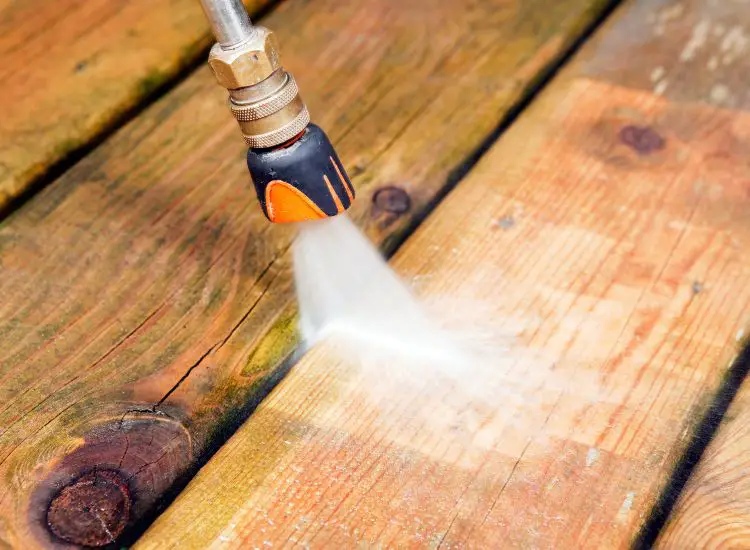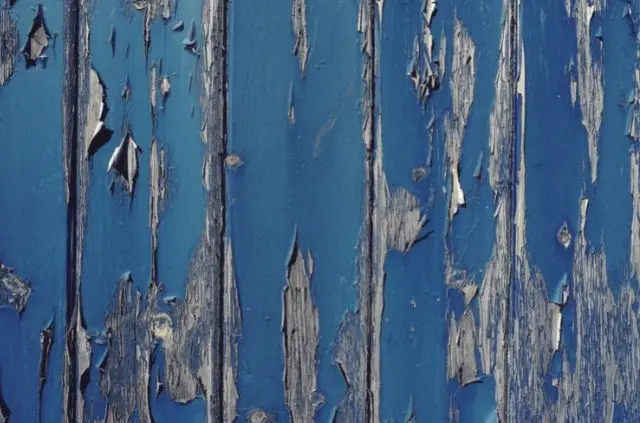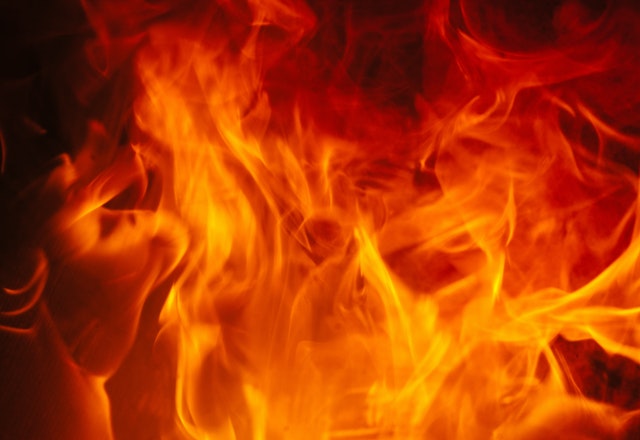Pressure Washer PSI vs GPM Explained
If you’re in the market for a new pressure washer, understanding the difference between PSI and GPM can be confusing. Most consumers often focus on these terms because they think that a high number is better. In this article we will compare pressure washer PSI vs GPM and explain why they are both important.
The goal of a pressure washer is to remove stubborn dirt from a surface and rinse it away. To keep things simple, the cleaning ability can be described as PSI and the rinsing stage is GPM. Let’s take a more detailed look into why both of these units of measurement are important.
What is Pressure Washer PSI?
PSI (pounds per square inch) measures that amount of continued water pressure the machine sprays. This is what makes pressure washers so much more powerful than a standard garden hose.
A high PSI machine will be able to strip paint from wood and can even cause damage to fragile surfaces. Most pressure washers will generally fall somewhere between 1,900 PSI and 3,100+ PSI.
What is Pressure Washer GPM?
GPM (gallons per minute) refers to the amount of water dispersing from the machine when in use. A higher GPM will be faster at rinsing a surface, because it can spray more water as a result.
But this efficient rinsing capability comes at a cost. You will need to keep an eye on your water source when using the machine for an extended period of time. Pressure washers can have a range of GPM between 2 and 5.
Cleaning Units
Another way to compare pressure washers is by cleaning units (CU). This is a simple formula where you multiply the PSI and GPM. For example, a machine with 2,000 PSI and 3.0 GPM has 6,000 cleaning units.
For commercial pressure washing businesses, GPM is the most important factor of measurement. Contractors rely on powerful cleaning agents – which means they don’t need a high amount of water pressure.
Pressure Washer Nozzles
Understanding pressure washer nozzles is another important factor to consider. You might think that a machine with 3,000 PSI is dangerous – but with the correct attachment it can be safe on delicate surfaces.
Each nozzle will increase the spray pattern and open up the stream wider. The soap attachment will be the safest nozzle, because it has the largest opening for water to come out of.
A 0-degree nozzle will be the most dangerous, as it focuses all the water into a small surface area. This attachment should only be used on hard surfaces like concrete, asphalt, and thick metal.
Nozzle Types
0-degree (Red) – This delivers the most amount of water pressure to a concentrated area. It should only be used to clean off tough metal stains. The red nozzle will cut through wood, home siding and other soft materials.
15-degree (Yellow) – Can be used like a scraper to strip off paint, or grease on hard exterior surfaces. The yellow nozzle can also work to clean second story floors from the ground level, as the water pressure will decrease with distance.
25-degree (Green) – Ideal for cleaning dirt, grime, and mildew on exterior surfaces. The green nozzle is safe enough to clean home siding, sidewalks, and metal furniture. It will deliver plenty of cleaning power without causing any damage.
40-degree (White) – Creates a wide spray that allows you to clean windows, vehicles, and other objects around the home. The white nozzle has more cleaning power than a traditional garden hose but is still safe on those delicate surfaces.
Detergent (Black) – Some pressure washers come with an attached canister that holds soap. The black detergent nozzle has the capability to evenly spread out soap when in use. This is also a low-pressure nozzle and is considered safe.
Cleaning Tips
Now that we’ve covered pressure washer PSI vs GPM, cleaning units, and nozzles, let’s go over the best cleaning method. The exact steps will slightly change depending on what surface you’re cleaning – but the process stays the same.
1. Start at the Top
It doesn’t matter if you’re pressure washing a car, house, or driveway. It’s critical to start at the top of the structure or object. As you use the machine to rinse dirt away, gravity will help pull all of the contaminants down from the surface.
Problems arise when you start at the bottom and work your way up. If you were to follow this method, dirty water will run back over areas that were just cleaned. That’s why it’s important to work with gravity and not against it.
2. Try Different Nozzles
It’s important to experiment with various nozzles during the cleaning process. You can follow the chart above that explains what type is best for certain jobs. The nozzle you attach to the wand will greatly impact the final results.
It’s a good idea to begin with a safe nozzle, before working your way down. You want to avoid starting with the most aggressive nozzle, as this will almost always cause damage. Keep it safe so you don’t ruin whatever surface is being cleaned.
3. Follow a Pattern
Using a pressure washer isn’t as simple as pointing and spraying. You will need to follow a consistent pattern in order to achieve the best results possible. You can start by holding the wand about 12-18 inches away from the surfaces you are cleaning.
Any closer could cause damage and if you hold it further away it won’t be as effective. It also helps to move with the gun and not stand in one place. You won’t be able to evenly clean surfaces unless you walk with the wand when cleaning.
4. Use Soap
There’s more to pressure washers than just spraying a surface down with high amounts of water. You can improve your results by using a mild detergent to help remove stubborn dirt that has become embedded to the surface with age.
Soap can help remove mold from exterior structures, sidewalks, and patios. Stucco and other similar materials can’t handle high levels of water pressure. For these sensitive areas you will need to use soap and the correct nozzle attachment for cleaning.
5. Take Your Time
If your goal is to achieve professional looking results, you will need to take your time when pressure washing. Don’t rush the process, because this will ultimately lead to spots being missed and everything will look sloppy at the end.
One of the best tips is to set aside enough time when it comes to a pressure washing project. You will need at least 4 hours to clean a car and 8 hours to wash a house. There won’t be any need to rush when you have a full day free.
Final Thoughts
By now you should know the clear difference between pressure washer PSI vs GPM. The two terms are used to measure the cleaning power of gasoline and electric pressure washers.
So, is one really better than the other? It all comes down to how you plan on using the machine. Contractors prefer a higher GPM, because they rely on detergents rather than high water pressure for washing.
But the average homeowner will be pleased with a machine that falls somewhere in the average range PSI and GPM.
Search Terms
- Pressure washer PSI vs GPM
- What is pressure washer PSI?
- What is pressure washer GPM?






